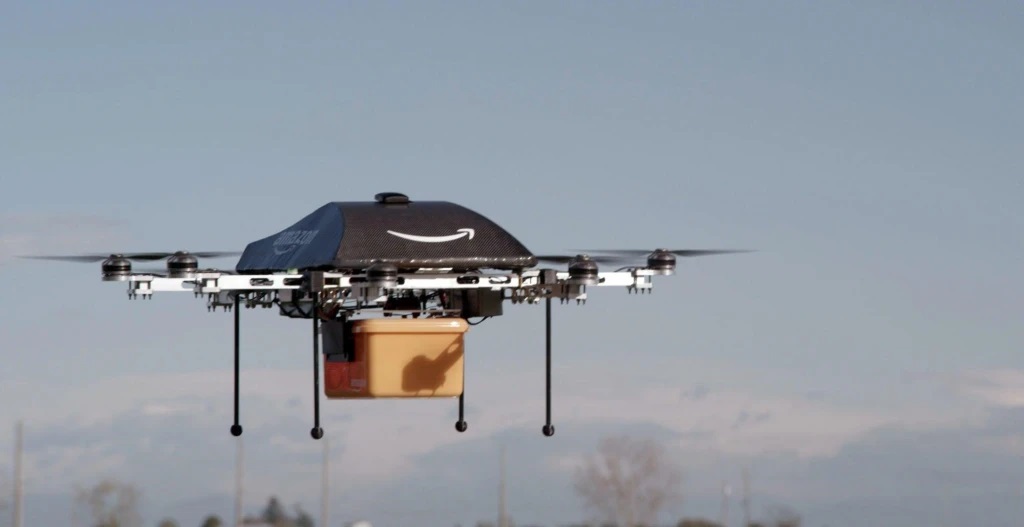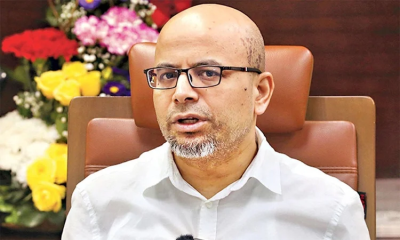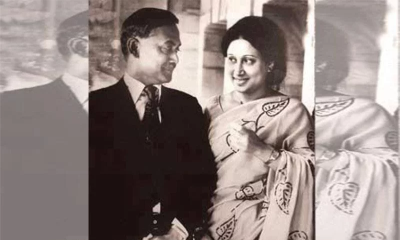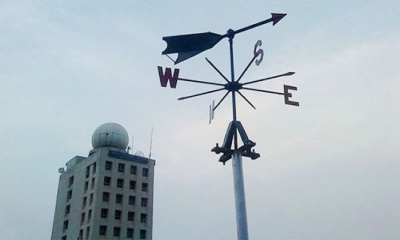The fun of browsing the internet, the convenience, and above all, the affordability and accessibility of online shopping have changed peoples’ spending preferences. Moreover, the appeal of this type of shopping is the short amount of time it takes for our packages to arrive at our doorsteps. Delivery services have evolved tremendously from being technical to mechanical following the inexorable progress of technology. One cannot help but wonder what delivery services looked like in the past, what are they like today, and more importantly, what will all of that look like in the future?
Early days
It all dates back to the 19th century, in the United States, around the 1850s-1860s, when American courier companies like Wells Fargo and Pony Express were established and created reputable delivery systems. Both could deliver small parcels effectively and efficiently when it came to time and work management, and while the former delivered with horse-driven stagecoaches, the latter used horsemen and ponies. During that time, the delivery process could take 10 to 20 days, depending on the season and other obstacles along the way.
The impact of the railway
Nonetheless, as time passed and infrastructure improved, courier firms became obsolete when the railway was built. Besides, as cross-country shipping became a nationwide demand, as a result of consumer culture in the 1870s, retailers such as Sears and Montgomery Ward capitalized on the evolving delivery systems. The companies sent out made-to-order catalogues to customers, especially in remote locations, with a wide variety of products such as clothing, home appliances, musical instruments and even medical supplies made for order. Once the order was placed, it would most often arrive at the nearest railway station where it would be picked up.
Advanced technology, faster delivery
As technology advanced, computers became more common electronic devices in households and WorldWideWeb was launched, eCommerce was finally invented in the 1980s. Furthermore, what happened in the delivery industry, when major retail companies and marketplaces such as Amazon, Walmart and eBay grew and expanded in the 2000s, was that packages shipped by aircraft or cargo ships became more frequent as a means to foster international shipping. Then, on the road, trucks and vans from big couriers like UPS, FedEx and DHL would distribute the packages.
High productivity
Today, additional developments are making the delivery systems more productive. Options of the same-day deliveries, as well as the tracking of parcels, are more or less always available. Global transportation networks are being built by companies like Amazon which have launched their own delivery services that can ship parcels to our front doors. Not to mention, in times like Covid-19 and quarantine, delivery companies have been pushed to find new innovative ways to distribute the packages when the social-distancing regulations applied. Delivery drones, mobile robots and autonomous vehicles are only some to mention and they deliver everything from food, parcels, to laundry and medical supplies.
What next?
Now, what will the future hold for the delivery services then? Right now, drones are still very much in talks of being the new method of delivery because of their time efficiency. Jonathan Bass, the Head of Communications of the drone delivery company Wing, owned by the parent company Google, says in an interview with Forbes.com journalist John Koetsier: “One reason we feel so positive about the future of drone delivery is because of the feedback we’re receiving from the people who are actually able to access it”. Moreover, Jonathan Bass adds that “…a not-too-distant future in which similar high-volume drone delivery services could be replicated in cities and metro areas around the world.”
Perhaps after the era of drones, our next delivery options would be even more innovative and futuristic-like, and perhaps, before we know it, flying robots and flying trolleys might be the next ones delivering our packages. Only the future will show.
Written by Waijy Ngo, IB student at Katedralskolan Lund, Sweden
















-20260103050848.jpg)










-20251227141313.jpeg)







-20251229113834.jpg)

-20251228081840.jpeg)

-20251228081915.jpg)